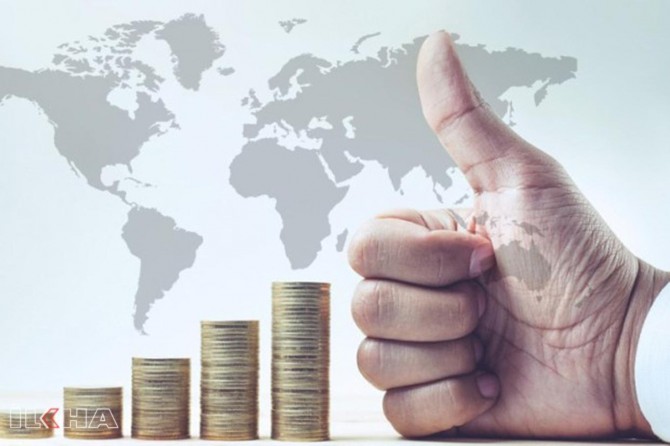
The richest 20 percent of Turkish people got richer
The share of 20 percent with the highest income from total income increased 0.2 percentage points in 2018, according to Turkstat data announced Wednesday.
The income information regarding the Income and Living Conditions Survey 2018 results refers to the year 2017, the previous calendar year.
In the calculation of income, the equivalent household disposable income taking into account household size and composition is used to make the households comparable.According to survey results, the share of the top quintile by the equalized household disposable income was 47.6% recording an increase of 0.2 points whilst the share of the bottom quintile was 6.1% with a decrease of 0.2 points in comparison with the previous year.
The income quintile share ratio calculated as the ratio of total income received by the richest 20% of the population that received by the poorest 20% of the population increased from 7.5 to 7.8.
Gini coefficient was 0.408
Gini coefficient one of the measures of income inequality varies between 0, which reflects complete equality and 1, which indicates complete inequality.
According to 2018 results, the Gini coefficient was estimated at 0.408 with an increase of 0.003 points compared with the previous year.
Mean annual equalized household disposable income was 24 199 TL
In Turkey, the mean annual equalized household disposable income increased by 12.2% compared to the previous year from 21 thousand 577 TL to 24 thousand 199 TL.
Wages and salaries held the highest proportion with 48.5% of total income
The rate of wage and salaries got the highest rate with 48.5% of total equalized household disposable income with a decrease of 0.4 points compared with the previous year.
This was followed by social transfers 20.1% with an increase of 0.4 points and the entrepreneurial incomes 18.8% with a decrease of 0.8 points compared to 2017.
The share of agricultural income in the entrepreneurial income was realized as 22.9% by increasing 1.4 points compared to 2017.
Pensions and survivor' benefits composed 91% of social transfers with a decrease of 0.4 points compared to the previous year.
The relative poverty rate was 13.9%
The people having incomes below a specified line compared to the general population is defined to be the poor in a relative meaning.
The at-risk-of-poverty-rate according to poverty threshold set at 50% of median equalized household disposable income was 13.9% with an increase of 0.4 points in relation to 2017.
As for the at-risk-of-poverty-rate according to poverty threshold set at 60% of median income, it was 21.2% with an increase of 1.1 points in comparison with the previous year.
Considering poverty rates according to poverty threshold set at 50% of median equalized household disposable income in terms of household types, at-risk-of-poverty-rate of single-person households was 9.6% with an increase of 1.4 points, of one family households was 12.9% with an increase of 0.4 points and of extended family households was 18.8% with an increase of 0.9 points compared to previous year.
27.5% of illiterates and 2.2% of higher education graduates were poor
In terms of the at-risk-of-poverty-rate according to poverty threshold set at 50% of median equalized household disposable income, 27.5% of illiterates and 23.6% of literates with no degree were poor.
The figures for less than high school and high school graduates were 12.1% and 5.8% respectively. Higher education graduates were the group with the lowest poverty rate with 2.2%.
Persistent at-risk-of-poverty-rate was 12.7%
The persistent at-risk-of-poverty rate shows the percentage of the population living in households where the equalized disposable income was below the at-risk-of-poverty threshold set at 60% of median equalized household income for the current year and for at least two out of the preceding three years. In 2018 the persistent at-risk-of-poverty-rate was 12.7% while it was 14% in the previous year.
The percentage of people living in their own dwellings was 59%
In 2017, 59% of the population lived in their own dwellings while 39.6% had heating problem due to isolation, 36.2% had problems with their dwellings such as leaking roof, damp walls/floors/foundation, rot in window frames/floors and 24.8% had pollution, grime due to traffic/industry or other environmental problems.
The percentage of people having installments or loans was 70.4%
70.4% of the population had installments or loans (other than the mortgage -for the main dwelling- and housing cost) whilst the rate of the population who reported they cannot afford one week's annual holiday away from home was 58.3% and regarded housing costs as a heavy financial burden was 11.5%.
Severe material deprivation rate was 26.5%
Material deprivation reflects to perception of households about inability to pay unexpected financial expenses, one week's annual holiday away from home, mortgage or rent payments, a meal with meat, chicken, fish every second day and heating home adequately warm and the ownership of a washing machine, a color TV, a telephone and a car.The severe material deprivation rate defined as the rate of people faced with the enforced inability to afford at least four of the above-mentioned items decreased from 28.7% in 2017 to 26.5% in 2018.
ILKHA


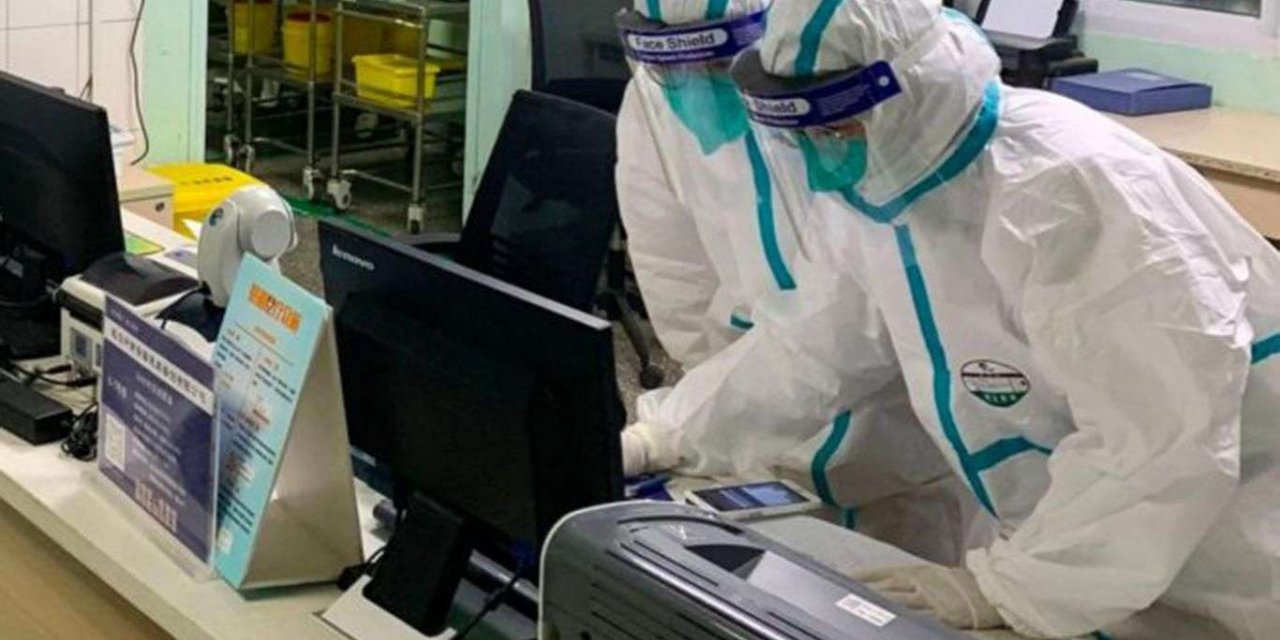
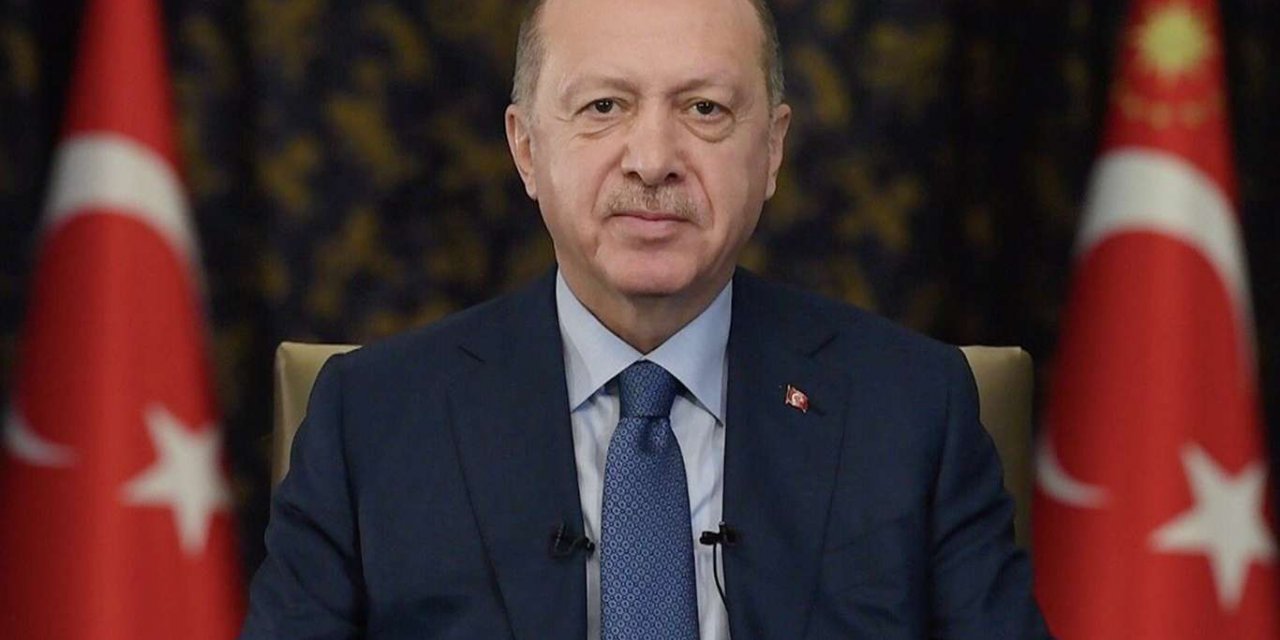
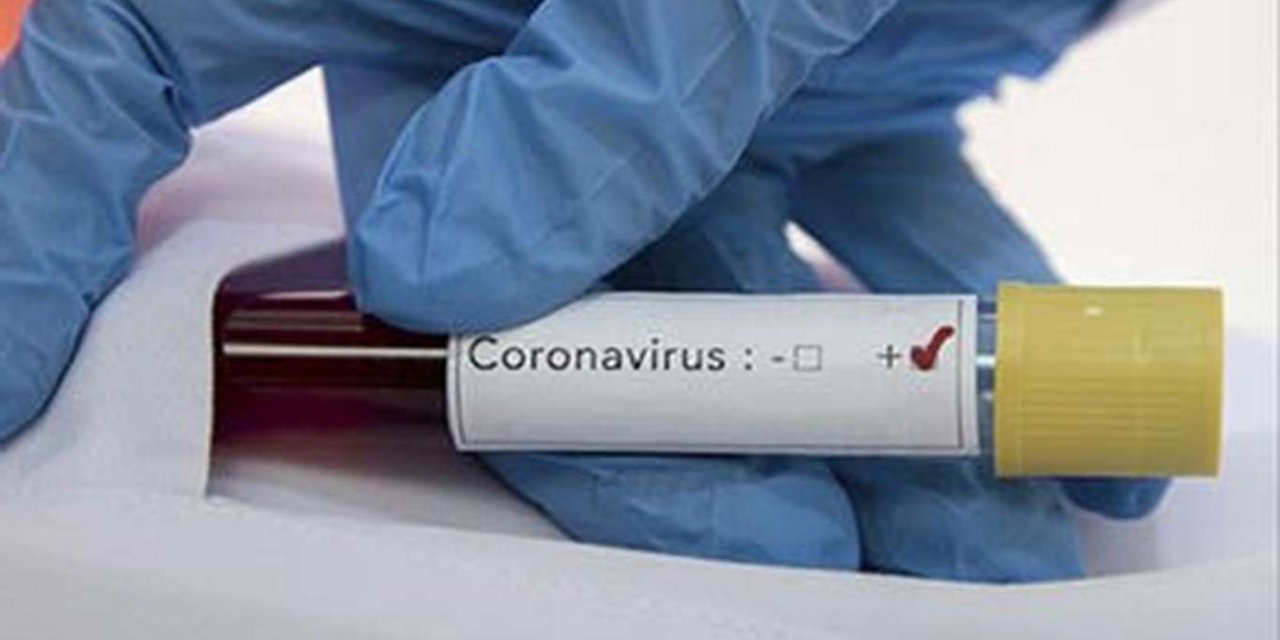
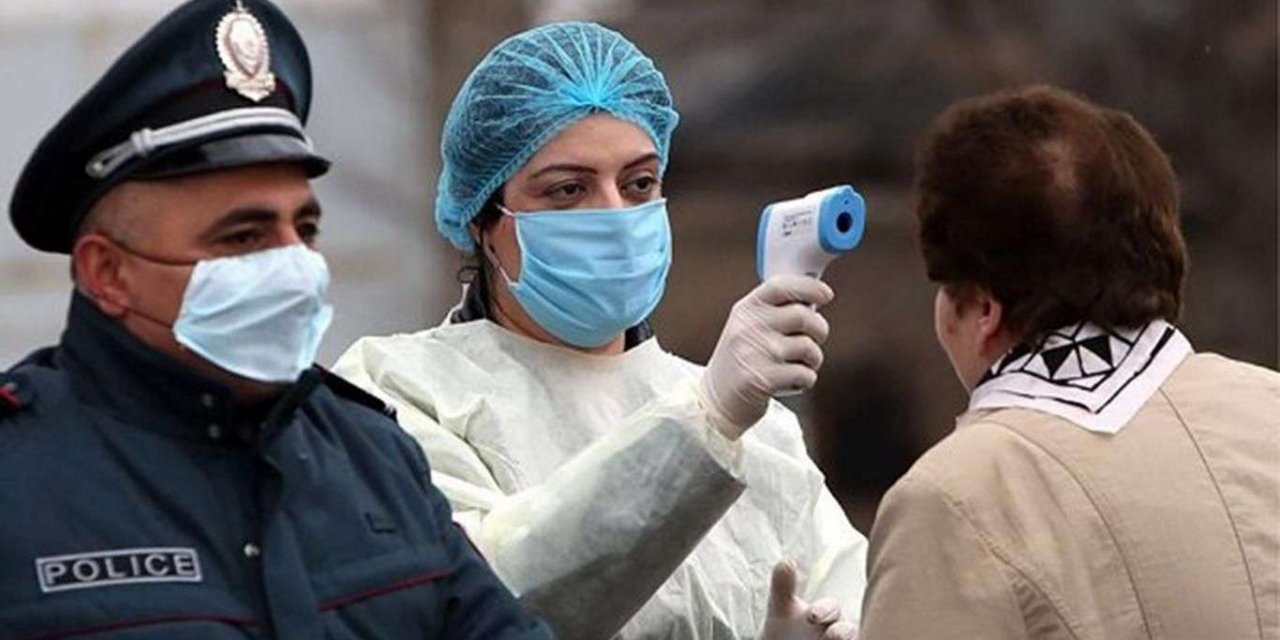
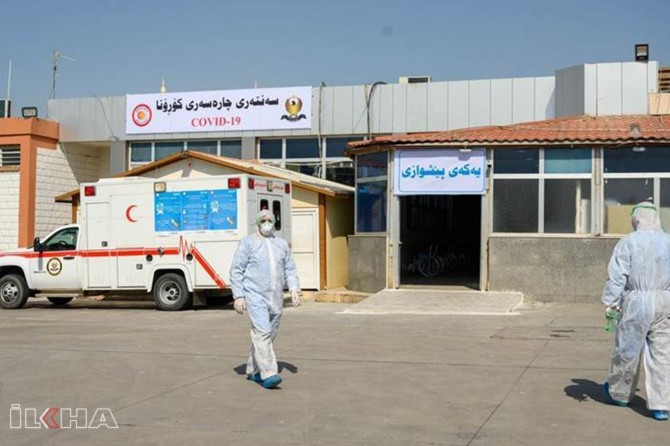
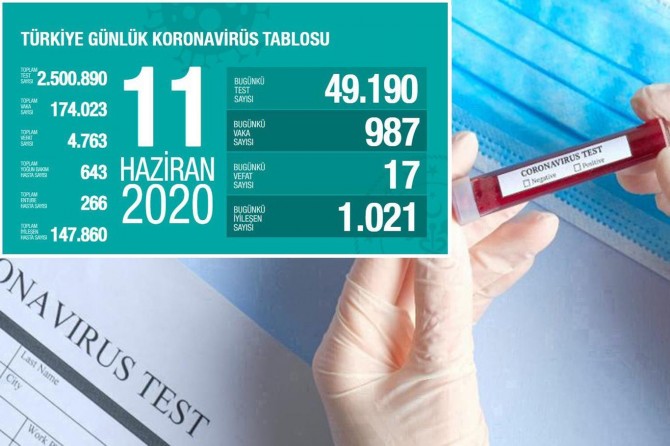
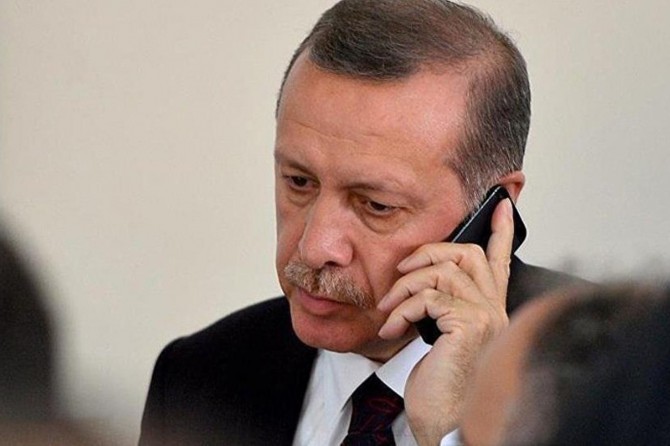

Türkçe karakter kullanılmayan ve büyük harflerle yazılmış yorumlar onaylanmamaktadır.